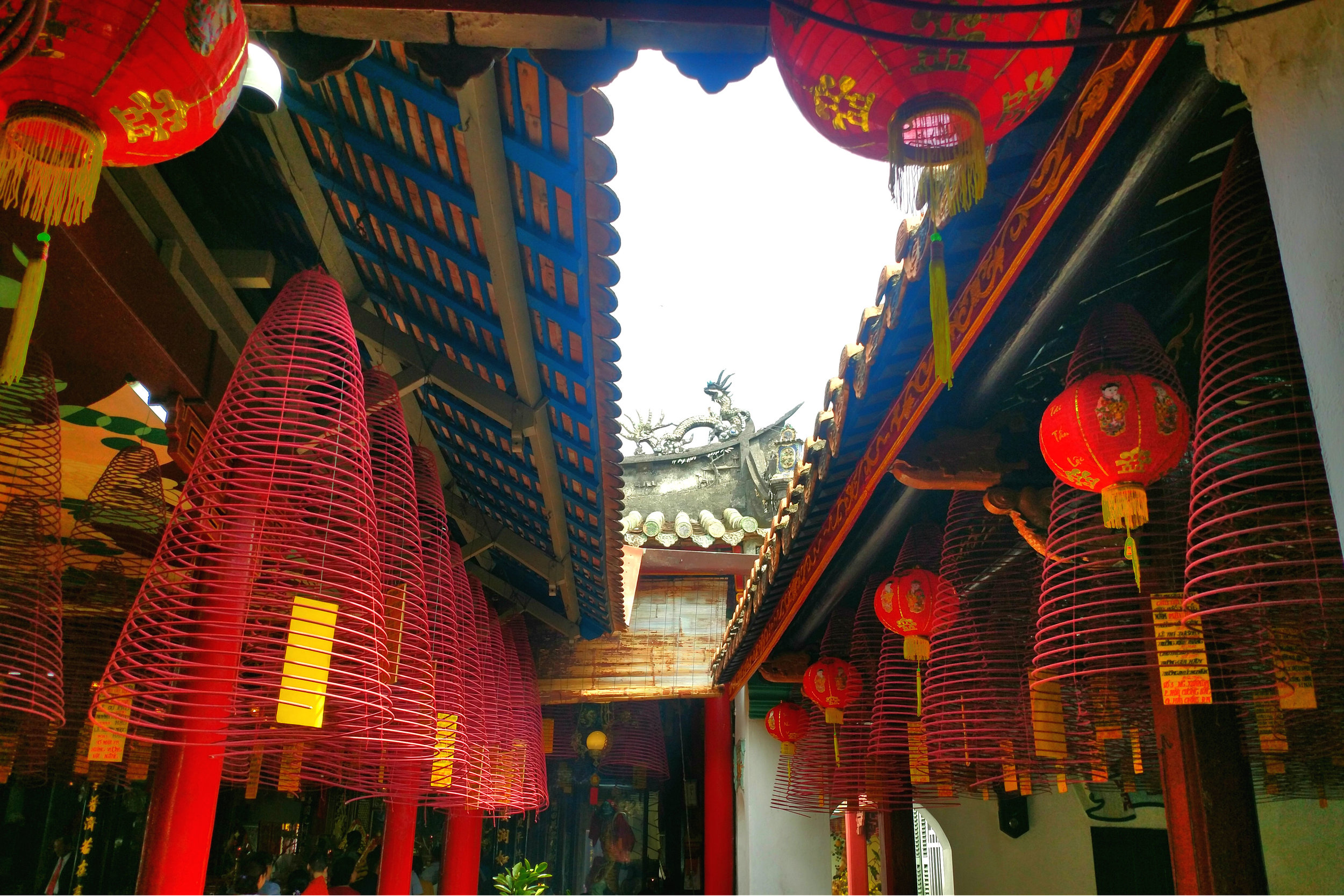Hoi An and Hue - Vietnam
/After spending about 10 days up in the North part of Vietnam, we flew south to Da Nang in central Vietnam. In the north we were wearing our biggest jackets and many layers, it was probably 55-60 degrees, but we'd gotten so acclimated to 80-90 that we couldn't stay warm. Just an hour and a half flight south meant back to tropical temperatures and loads of humidity. We had heard only good things about Hoi An from all the tourists we met, and were really excited to spend the lunar new year there.
Hoi An is a protected UNESCO site due to the remarkable combination of colonial architecture and traditional Vietnamese culture. Its known for its lively old section - colonial architecture filled with local merchants selling primarily textiles but also other traditional crafts and food. Due to the Tet holiday, we were expecting lots of things to be closed and a bit of a sleepy week, but we were way off. While lots of restaurants and shops were closed, the town was as vibrant as we could have imagined. At night all the streets were lit with colorful paper lanterns, locals were burning incense and other offerings on the street, and there were tourists EVERYWHERE. We spent a couple days just wandering around and taking it all in.
After Hoi An, we went north to Hue, the old imperial capital of Vietnam. On top of the history all around our hotel, the food was really amazing. We had a little local restaurant just around the corner from our hotel that was so good we ate there for several meals. The staff was great and was super helpful. We ordered lots of food that we had never heard of, and when they could tell we were a bit lost, the server would come to table and show us how you're meant to eat each dish. This was really helpful especially because so many Vietnamese dishes come with loads of garnish that aren't necessarily meant to be eaten, like lemongrass stalks and loads of other pretty but not-so-tasty greens.
We visited the old citadel which was quite cool, as well as two different tombs and a massive pagoda around town. It was great to see, but definitely was not as impressive as some of the sites we saw in Thailand, Cambodia or Myanmar. Many of the historical sites in Vietnam were unfortunately lost during the several conflicts and wars starting from Independence in the 50's through the American war in the 60's and 70's, as well as Chinese and Cambodian conflicts through the late 70's into the 80's. We spent a full day with a driver and tour guide visiting the DMZ, where North Vietnam and South Vietnam were divided. It was really interesting to see some of the tunnels that local civilians built to live in. Because this part of Vietnam was under artillery and airborne bombardment for about 6 years in a row, the local farmers dug tunnels about 20-30 feet under ground to live in. Our tour guide was born in 1954, so he had firsthand experience with the history here. The most remarkable thing was how friendly and welcoming he was to us, as Americans. He held no resentment or hostility, nor from anyone else we have encountered during our time in Vietnam.
Our next stop is further south, to Ho Chi Minh city and Can Tho on the Mekong delta. Stay tuned!































